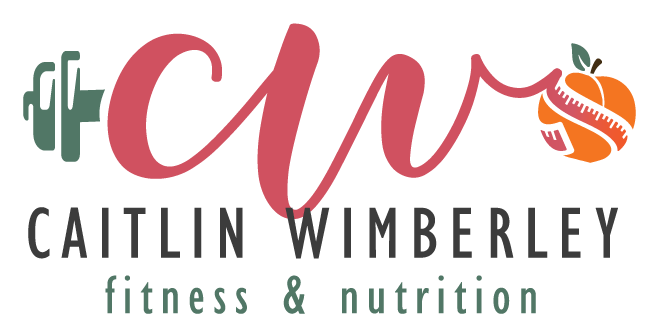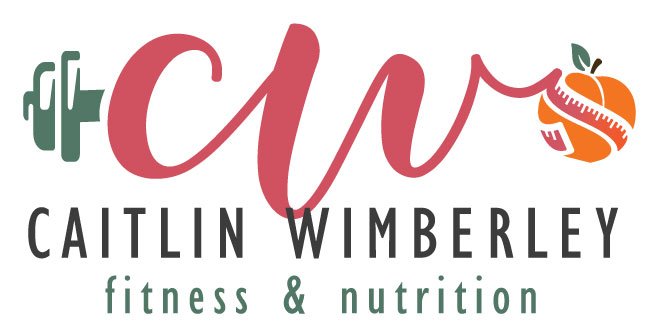The Dirty Secret to Getting Faster
Okay, maybe “dirty” wasn’t quite the right word, but to most runners, this word is [inaccurately] thought of as dirty. Have you ever wondered why you aren’t getting faster when you’re running more frequently and for longer distances? Maybe you’re incorporating cross-training (yes you are!) but you have hit a plateau with your pace. I’m going to tell you the biggest aid to getting faster, but you may not like it (hence describing it as “dirty”): walking. Yes, that’s right. Walking! This is not a new theory, Jeff Galloway has trained hundreds of thousands of people with the premise that taking walking breaks helps improve overall performance. This is a training method I have worked into my own training and used to train my mother runners. In case you’re like me, though, you may need a little more science to convince your brain that walking is not failure.
Studies have compared intense interval running with moderate continuous running. There is evidence showing that much greater training effects can be achieved with interval running within the same period of training time. Intense intervals improve your aerobic and anaerobic endurance, increases your VO2 max and improves your running performance. Plus, the training stimulus on the muscles is higher in the case of intense interval runs. This means that the muscles require a lot of energy for repairing and building muscle tissue during the recovery phase. The post-workout “afterburn” effect also burns additional calories (runners connect 2020).
So let’s look at this without any fancy terminology and work through it. Let’s say you’ve been training for a 5k and you’re consistently running 3-5 miles three times a week. Your pace is at 12 min/mile but it’s not budging. When you are running consistently in a run and not recovering, you have no gas to push harder. So your training has flat-lined. Now, let’s say you take a two-minute walking break every six minutes. You start to notice during those six minutes that you’re able to push harder and manage an 11:13 min/mile pace. As you allow your lungs and muscles to fully recover from each running interval, you’ll find that your pace gets quicker and quicker. Think of it as a rollercoaster- you’re able to hit those peaks because you come fully down first. Try it! Work a few walking recoveries into your runs and see where it takes you!
Have questions or looking for a training plan? Contact me at caitlin@caitlinwimberley.com


